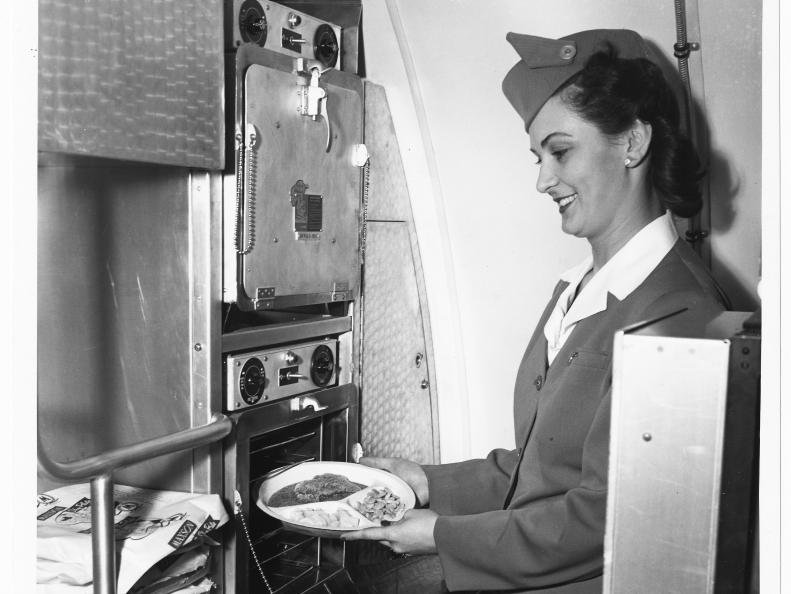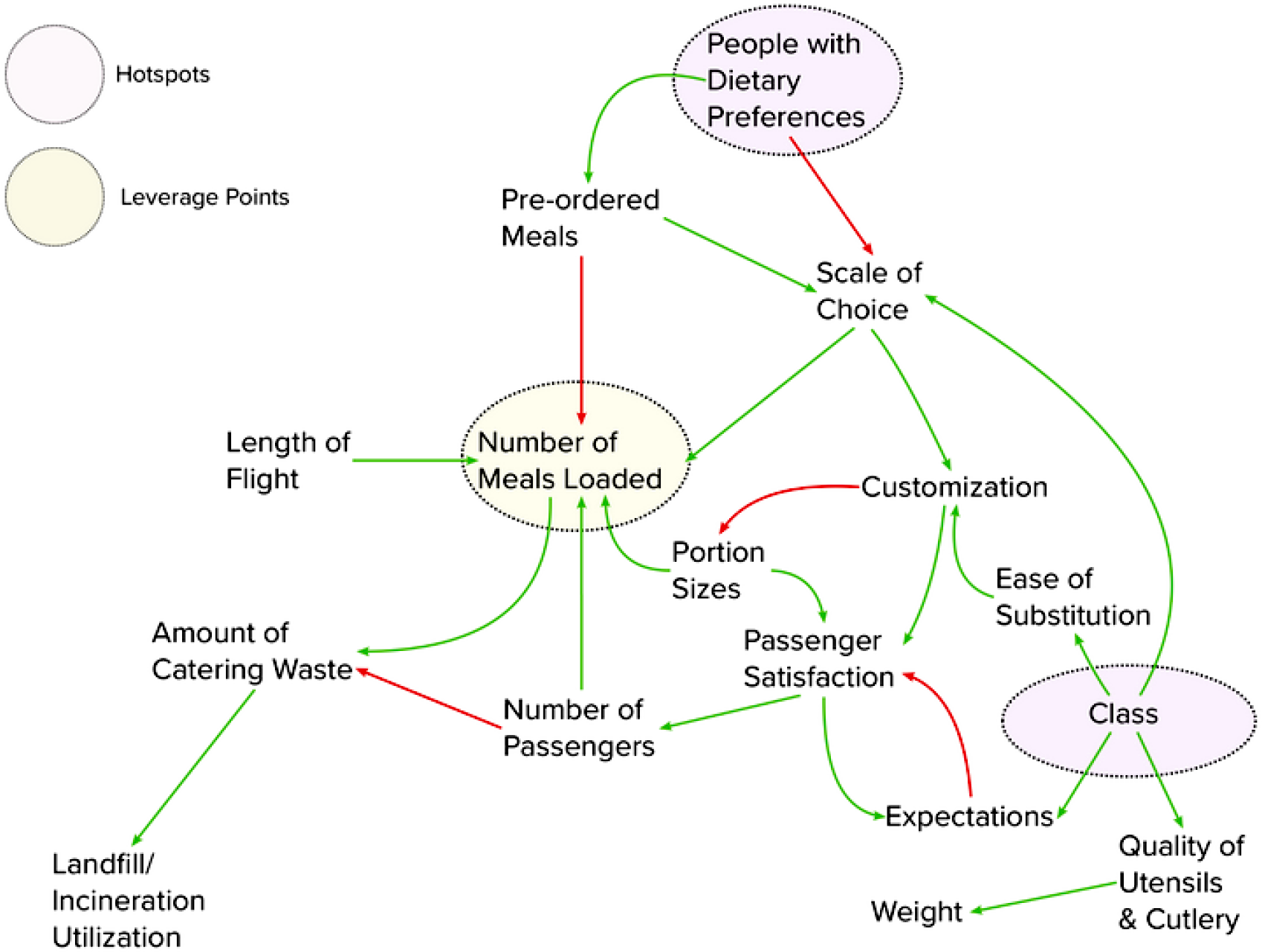A $15 billion industry, faces significant challenges including waste and resource inefficiency. Innovations in technology and collaboration among stakeholders can transform this system, enhancing passengers’ experience while promoting sustainability and growth.
In-Flight Meals
Addressing Waste and Resource Inefficiencies
In-flight meal services, a $15 billion industry as reported by the International Air Transport Association (IATA) in 2017, are critical yet complex components of air travel. This sector faces significant challenges, including catering waste, resource consumption, and financial inefficiencies. This case study, based on research from the Institute of Design's Fall 2022 Re-Thinking Systems course, examines the evolution, current state, and potential innovations in in-flight meal services.
Historical Context
The first in-flight meal service, a simple pre-prepared cold lunch box, was offered on a flight between Paris and London in 1919. Over time, in-flight meals evolved from luxurious affairs in the early days of aviation to more standardized services as air travel became more commercial. The introduction of onboard kitchens in the 1920s and the use of frozen foods in the 1950s allowed airlines to offer hot meals on long-haul flights. By the 1980s, airlines began outsourcing meal preparation to specialized catering companies, leading to the pre-cooked, frozen, and reheated meals familiar to passengers today.
Sea-boats ushered in a luxurious era for in-flight dining, with dedicated galleys and dining compartments | Source: Pan Am Clippers
Pan American, one of the first to serve complete meals, did so in partitioned trays. The dinners, frozen prior to loading were heated in convection ovens during the flight and are said to have inspired the concept of “TV dinners” | Source: Food Network
Meal Selection Process
In-flight meal selection typically occurs on board, with economy passengers choosing from options presented by flight attendants. Premium passengers often have more elaborate menus and can pre-select their meals. Special meals for dietary or religious needs can also be pre-ordered. The entire process, from menu planning to meal preparation and delivery, involves precise coordination among catering companies, airlines, and various logistical entities.
Descriptive archetypes of in-flight meal service
Technological Advancements and Data Utilization
Airlines use data across all of their processes and services - everything from dynamic pricing, and crew management to fuel optimization, and the in-flight meal service is no exception. Menus are developed months in advance based on cultural and social food trends, as well as historical data on meal popularity. Real-time data on ticket sales and meal pre-selections help airlines determine the number of meals to load onto flights, although approximations are still common. There is significant potential for further integrating technology to enhance meal service customization and reduce waste.
Descriptive Causal Loops Diagram of in-flight meal service
Class Differentiation and Bias
Meal service differs significantly between economy and premium classes. Economy passengers typically choose between two pre-determined meals, while premium passengers can select from a broader range of options and enjoy higher-quality service. This differentiation is a major driver of in-flight meal service dynamics and contributes to resource asymmetries, such as the use of single-use plastics in economy class versus reusable tableware in the premium class.
Descriptive Anatomy of Infrastructure highlighting an asymmetry in agency
Descriptive Systems Dynamics of in-flight meal service highlighting an asymmetry in resource allocation
Environmental and Economic Considerations
The in-flight meal service generates substantial waste, with 20-25% of food and beverages going untouched, resulting in significant environmental and financial costs. Airlines face stringent food safety regulations, which often mandate the incineration of uneaten meals, further contributing to waste. Innovative approaches to reduce waste include pre-ordering systems, modular meal components, and leveraging data to better match supply with demand.
Policy and Organizational Collaboration
Effective in-flight meal services require coordination among multiple stakeholders, including airlines, catering companies, government agencies, and airports. Policies on food safety and waste management significantly impact meal service practices. Collaborative efforts to develop sustainable practices, such as redistributing uneaten meals to communities in need, are essential for minimizing environmental impact.
Future Prospects and Innovations
Innovations in in-flight meal services could significantly enhance passenger experience and sustainability. Expanding meal pre-selection to all passengers, regardless of class, could reduce waste and improve meal satisfaction. Integrating modular meal components and leveraging AI for more accurate demand forecasting are promising strategies. Moreover, addressing the environmental impact of luxury service features and exploring sustainable packaging solutions are critical for the future of in-flight meal services.
Prescriptive Causal Loops Diagram highlighting where in the system changes can be made
The in-flight meal service industry is ripe for innovation. By embracing technological advancements, fostering collaboration, and rethinking service models, airlines can improve efficiency, reduce waste, and enhance passenger satisfaction. As the industry evolves, it must balance luxury and sustainability, ensuring that meal services contribute positively to both passenger experience and environmental stewardship.







